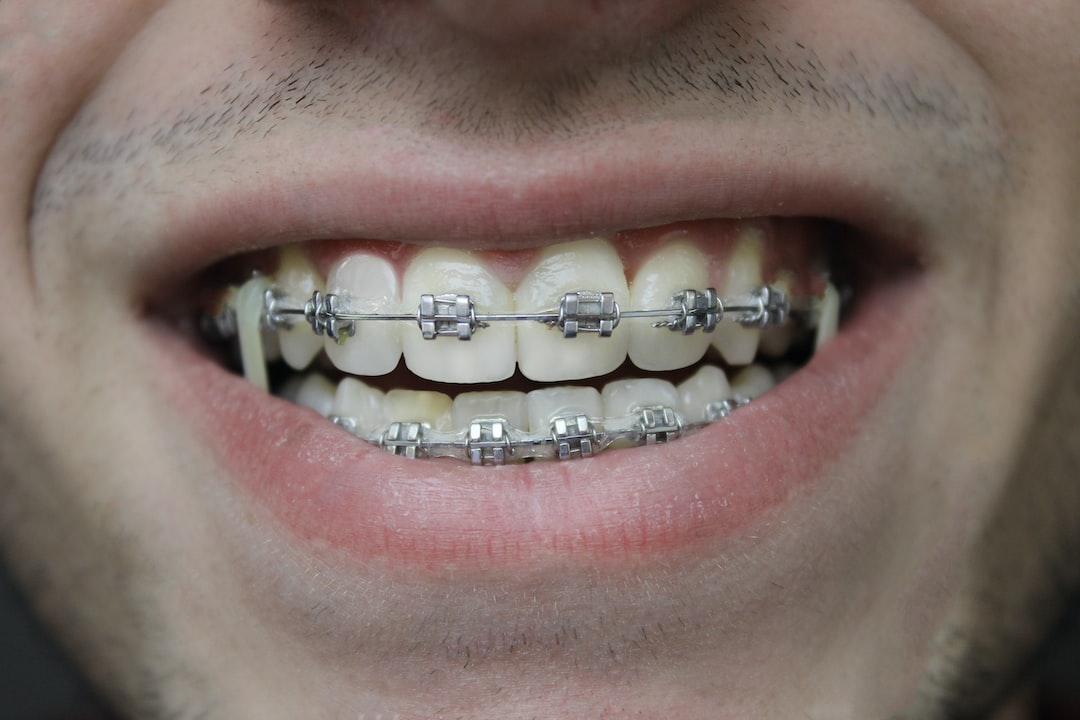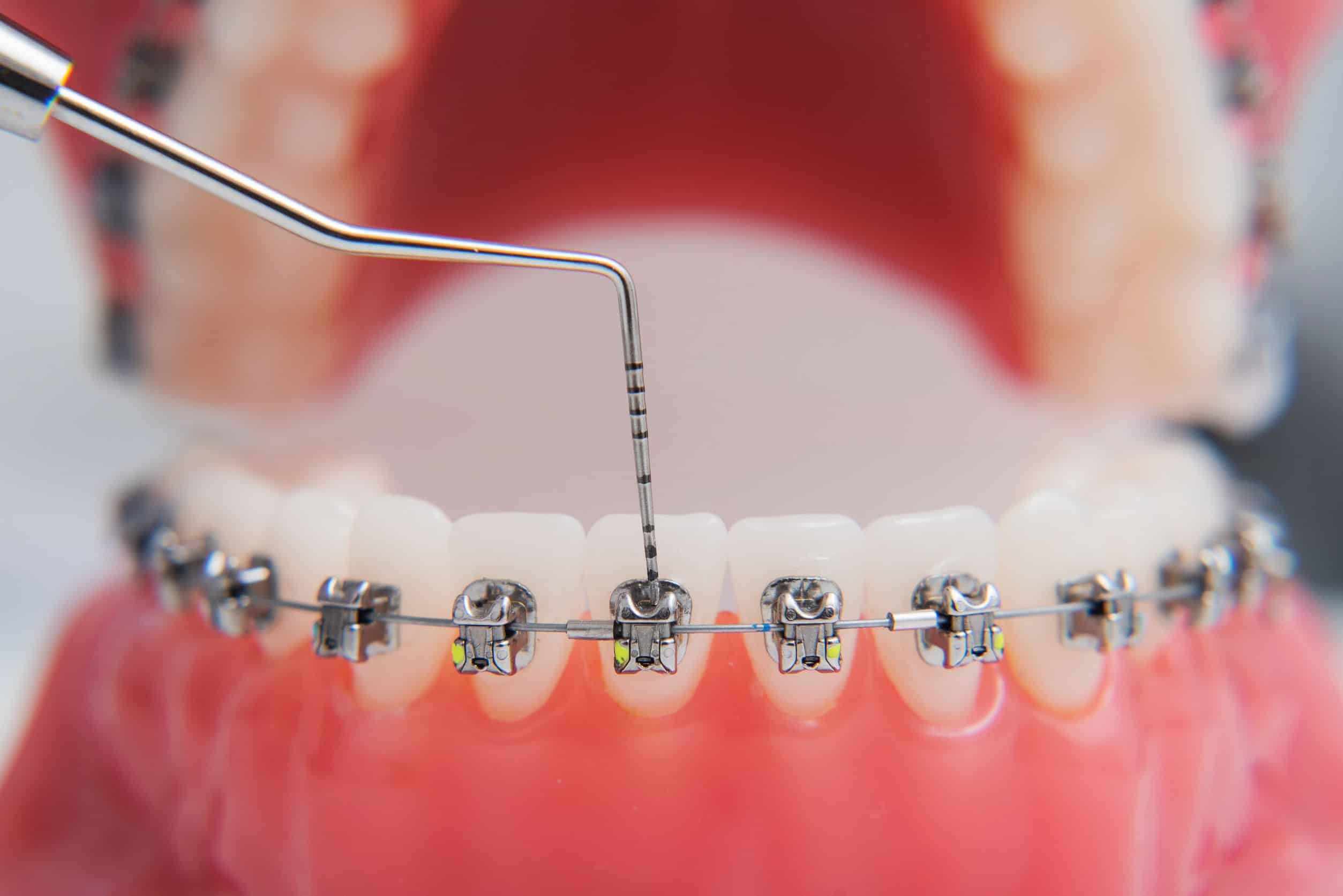Comprehensive Overview to Orthodontics Procedures for Fixing Dental Imbalances
In the world of orthodontics, the journey to accomplishing a flawlessly aligned smile entails a myriad of procedures tailored to remedy oral misalignments. From conventional dental braces to unseen aligners and also medical alternatives, the area of orthodontics uses a variety of remedies to deal with varying degrees of dental abnormalities. Understanding the ins and outs of each treatment, including their devices, advantages, and potential drawbacks, is critical in making informed decisions about one's orthodontic treatment. As we browse via the thorough guide to orthodontic procedures for correcting dental misalignments, the elaborate details of each technique will certainly unravel, losing light on the course towards a useful and harmonious oral placement.
Orthodontic Procedures Summary

Regular adjustments and tracking are crucial components of orthodontic treatment to make certain progression is on track and to make any required adjustments along the method. By undertaking orthodontic procedures, people can not just attain a straighter smile yet likewise improve their general oral health and wellness and feature.
Typical Dental Braces: Exactly How They Function
When taking into consideration orthodontic therapies for oral imbalances, traditional braces stick out as a tried and true technique for fixing teeth positioning. Typical braces are composed of brackets, cords, and bands that function together to use continuous stress on the teeth, gradually relocating them into the wanted alignment. The braces are connected to the teeth utilizing a special adhesive, and the wires are threaded through the braces. By changing the tension of the cords, orthodontists can control the direction and force put on each tooth, assisting them into appropriate positioning with time.
As pressure is applied to the teeth through the braces, the bone surrounding the teeth is improved to sustain the brand-new tooth placements. People will certainly require normal modifications at the orthodontist's office to make sure the dental braces proceed to apply the appropriate pressure for efficient teeth activity.
Invisible Aligners: Cons and pros
Unnoticeable aligners provide a practical and very discreet choice to traditional dental braces for correcting oral imbalances. These clear, custom-made trays are essentially invisible when put on, making them an enticing choice for people looking for a much more cosmetically pleasing orthodontic therapy. Among the main advantages of undetectable aligners is their removability, enabling easier upkeep of dental hygiene compared to traditional dental braces. Clients can eliminate the aligners before consuming or cleaning their teeth, minimizing the threat of food getting embeded the home appliance and simplifying the cleansing procedure.

Surgical Orthodontic Options
Surgical interventions in orthodontics present viable options for dealing with complicated dental misalignments that may not be successfully resolved through conventional orthodontic therapies. While traditional dental braces and unseen aligners can deal with several orthodontic concerns, particular instances need surgical intervention to accomplish optimum results. Surgical orthodontic alternatives are commonly recommended for severe malocclusions, substantial jaw discrepancies, and situations where the underlying bone structure needs modification to attain appropriate alignment.
One common medical orthodontic procedure is orthognathic surgical treatment, which involves rearranging the jaws to remedy practical issues such as trouble talking or eating. This surgery is often executed in partnership with an orthodontist who aids line up the teeth before and after the procedure. Surgical orthodontics may additionally include procedures to subject impacted teeth, remove excess periodontal cells, or reshape the jawbone to develop a much more unified facial account.
Before considering medical orthodontic choices, patients go through a comprehensive evaluation to figure out the necessity and prospective advantages of such interventions. aligners. While surgical treatment may appear overwhelming, it can considerably boost both Click Here the function and appearances of the smile in situations where standard orthodontic treatments drop short
Retainers and Post-Treatment Treatment

Failing to abide with post-treatment care guidelines can result in regression, where the teeth gradually relocate back in the direction of their initial positions. Consistent retainer wear, good oral health, and normal oral examinations are necessary for preserving the results achieved via orthodontic surgical procedure and ensuring the lasting security of the remedied dental alignment.
Conclusion
To conclude, orthodontic treatments use different choices for fixing dental imbalances. Typical dental braces use metal brackets and cords to move teeth into proper placement. Unnoticeable aligners offer a more very discreet option this but might not appropriate for all cases. Surgical orthodontic alternatives are offered for more extreme misalignments. Retainers are frequently utilized post-treatment to maintain the brand-new alignment. On the whole, orthodontic procedures can effectively enhance dental wellness and aesthetic look.
As we browse through the detailed guide to orthodontic procedures for dealing with dental misalignments, the elaborate information of each method will unravel, losing light on the path toward a unified and functional oral alignment. - cumming aligners
One of the most typical orthodontic therapies is the usage helpful hints of braces, which consist of steel braces and cords that apply gentle pressure to progressively change teeth into the wanted setting.When considering orthodontic therapies for oral imbalances, traditional braces stand out as a tried and true approach for correcting teeth placing. In addition, unnoticeable aligners may not be appropriate for complicated orthodontic concerns that call for even more substantial teeth motion, as they are generally suggested for light to modest instances. Retainers are personalized orthodontic tools designed to hold teeth in their corrected positions after the completion of orthodontic treatment.